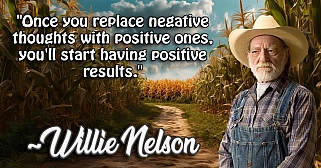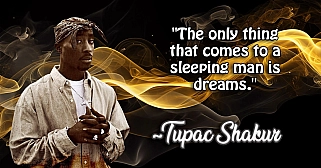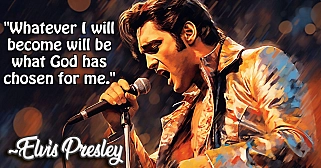John Lennon: A Life of Music, Peace, and Love
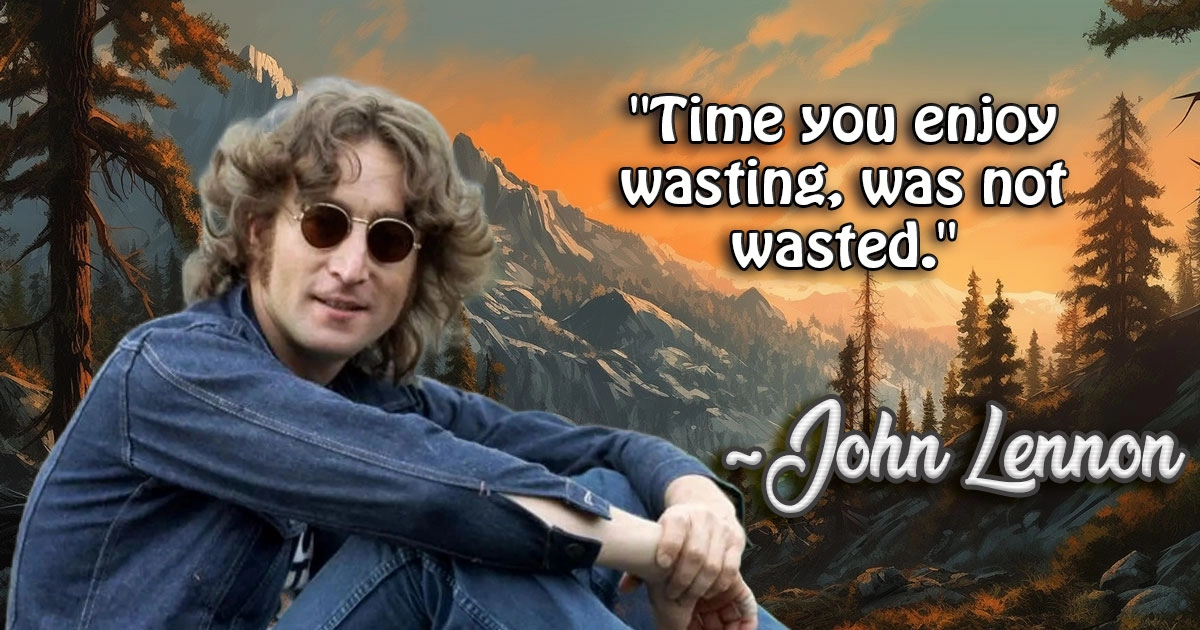
John Lennon
The Early Years
John Winston Lennon was born on October 9, 1940, in Liverpool, England, during a tumultuous time when the world was engulfed in the chaos of World War II. His early life was marked by instability, as his parents separated when he was just a child. John was primarily raised by his Aunt Mimi, who provided a stable but somewhat strict environment. Despite the challenges, John’s love for music was evident from a young age. His mother, Julia, who lived nearby, played a crucial role in nurturing his musical talent. She introduced him to the banjo, teaching him his first chords, and sparking a passion that would define his life.
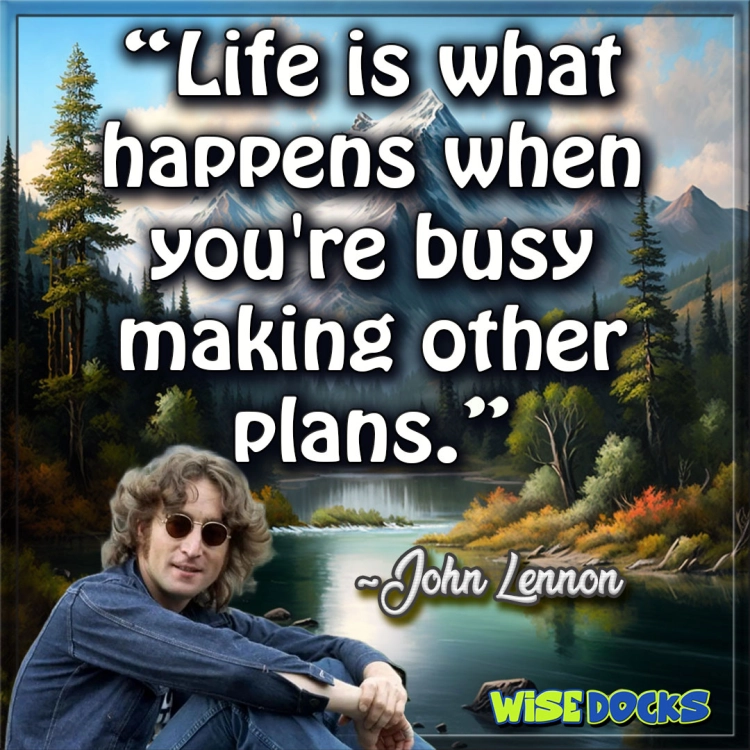
John’s teenage years were rebellious, marked by a disdain for authority and a love for rock 'n' roll. He was captivated by the sounds of Elvis Presley, Chuck Berry, and Buddy Holly, which fueled his desire to form a band. In 1956, at the age of 16, John formed a skiffle group called The Quarrymen. It was during a performance with The Quarrymen in 1957 that John met a young Paul McCartney, a meeting that would change the course of music history forever.
The Beatles Are Born
The partnership between John Lennon and Paul McCartney was something extraordinary. Their contrasting personalities—John’s edgy, rebellious nature and Paul’s more polished and melodic approach—created a unique synergy that became the foundation of The Beatles. In 1960, with the addition of George Harrison and later Ringo Starr, The Beatles were born.
The Beatles’ rise to fame was meteoric. From their early days playing in the clubs of Hamburg, Germany, to their breakthrough in the UK with hits like “Please Please Me” and “She Loves You,” the band captured the spirit of the 1960s. Their music, a blend of rock, pop, and innovative studio techniques, was revolutionary. John’s distinct voice, witty lyrics, and creative vision were central to the band’s success.
As The Beatles evolved, so did John. He began to explore more personal and introspective themes in his songwriting, as seen in tracks like “Help!” and “In My Life.” By the mid-1960s, The Beatles were not just a band; they were a global phenomenon, with their influence extending beyond music to fashion, culture, and even politics.
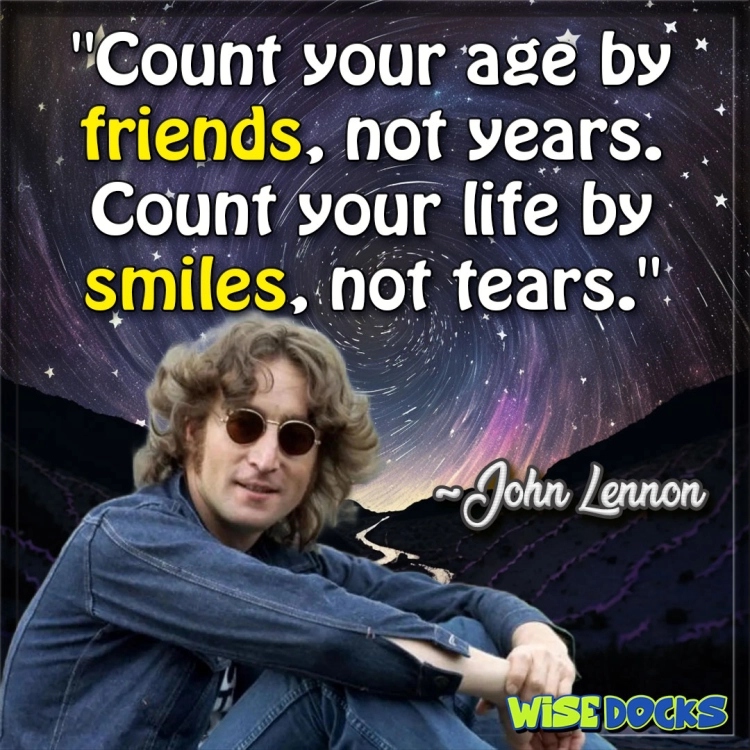
The Search for Meaning
The fame and fortune that came with being a Beatle were overwhelming for John. By 1966, he was searching for deeper meaning in his life. This quest led him to explore spirituality, drug use, and ultimately, his relationship with Yoko Ono, a Japanese avant-garde artist who he met in 1966.
Yoko Ono had a profound impact on John’s life and music. Their relationship was controversial, as many fans and critics blamed Yoko for the eventual breakup of The Beatles. However, John saw Yoko as his muse and partner, and together, they created some of the most avant-garde music and art of the late 1960s. Their collaboration culminated in the experimental albums “Unfinished Music No. 1: Two Virgins” and “Unfinished Music No. 2: Life with the Lions.”
In 1968, John and Yoko became symbols of the counterculture movement with their “Bed-In for Peace” protests, where they used their fame to promote world peace. John’s activism reached its peak with the release of the song “Give Peace a Chance,” which became an anthem for the anti-war movement.
The End of The Beatles
By 1970, tensions within The Beatles had reached a breaking point. The band members were growing apart, each pursuing their own artistic interests. John was increasingly frustrated with the constraints of being a Beatle and longed for the freedom to express himself as an individual artist.
The release of The Beatles’ final album, “Let It Be,” marked the end of an era. The band officially announced their breakup in April 1970, a decision that devastated fans around the world. For John, it was both a relief and a new beginning. He had always felt constrained by the image of The Beatles and was eager to embark on a solo career.
The Solo Years
John’s solo career was marked by both brilliance and controversy. His first solo album, “John Lennon/Plastic Ono Band,” released in 1970, was raw and unfiltered, with deeply personal songs like “Mother” and “Working Class Hero” that reflected his emotional struggles. The album was a critical success and showcased John’s ability to reinvent himself as an artist.
In 1971, John released the album “Imagine,” which included the iconic title track that would become his signature song. “Imagine” was a call for peace and unity, and its simple yet powerful lyrics resonated with millions of people worldwide. The song remains one of the most enduring anthems of hope and peace.
John’s activism during this period also intensified. He and Yoko became outspoken critics of the Vietnam War, and their activism put them at odds with the U.S. government, which sought to deport John from the country. Despite the legal battles, John remained committed to using his voice to advocate for peace and social justice.
The Lost Weekend
The mid-1970s were a tumultuous time for John. His marriage to Yoko was strained, and in 1973, they separated, leading John to embark on a period he later referred to as the “Lost Weekend.” During this time, John moved to Los Angeles, where he indulged in heavy drinking and partying. Despite the chaos, he continued to produce music, releasing the album “Walls and Bridges” in 1974, which included the hit single “Whatever Gets You Thru the Night.”
The “Lost Weekend” also saw John’s reconciliation with Yoko. In 1975, they reunited, and shortly after, Yoko gave birth to their son, Sean Lennon. The birth of Sean marked a turning point in John’s life. He decided to step away from the music industry to focus on being a father, a role he had not fully embraced with his first son, Julian, from his previous marriage.
The Final Years
John’s decision to leave the music industry was met with surprise, but he was content with his new life as a stay-at-home dad. For five years, he lived a relatively quiet life in New York City, away from the spotlight. However, by 1980, John felt ready to return to music. He began working on a new album, “Double Fantasy,” which was a collaboration with Yoko and marked his comeback.
“Double Fantasy” was released in November 1980 and received positive reviews. The album reflected John’s newfound contentment and maturity, with songs that celebrated love, family, and life. Tracks like “(Just Like) Starting Over” and “Woman” showcased a softer, more reflective side of John.
Tragically, John’s comeback was cut short. On December 8, 1980, he was shot and killed by a fan, Mark David Chapman, outside his apartment building in New York City. The world was shocked and devastated by the loss of one of its most influential and beloved musicians.
The Legacy
John Lennon’s legacy extends far beyond his music. He was a cultural icon, a symbol of peace, and a voice for the voiceless. His songs, both with The Beatles and as a solo artist, continue to inspire generations of musicians and fans. John’s message of peace, love, and unity remains as relevant today as it was during his lifetime.
In the years following his death, John’s influence has only grown. His music is celebrated worldwide, and his legacy is honored through various tributes, including the Imagine Peace Tower in Iceland, a memorial dedicated to his vision of a world without war.
John Lennon was more than just a musician; he was a visionary who used his platform to challenge the status quo and advocate for a better world. His life was a journey of self-discovery, creativity, and a relentless pursuit of peace. Though his time on earth was tragically cut short, John Lennon’s spirit lives on in his music, his activism, and the countless lives he touched.
